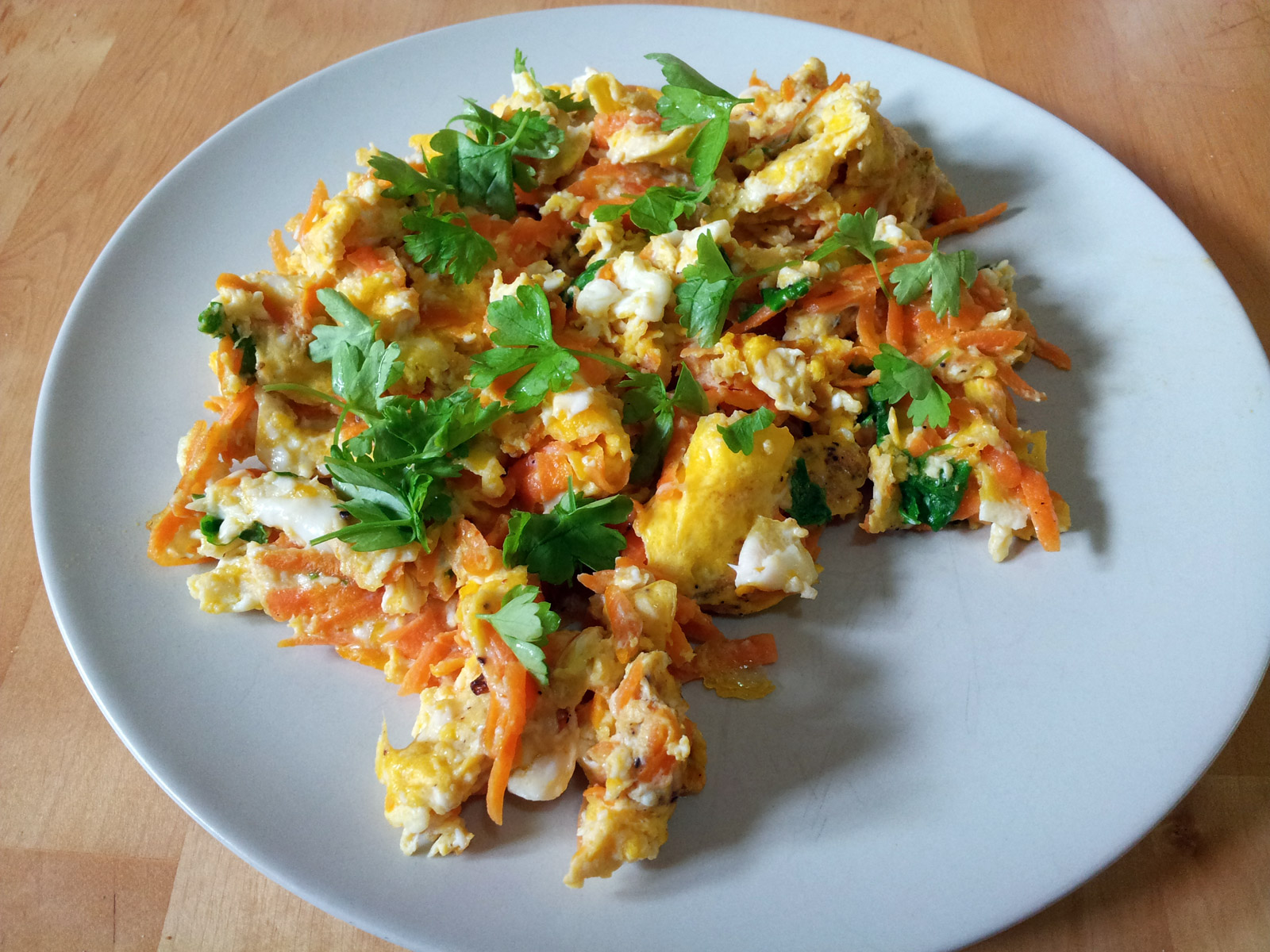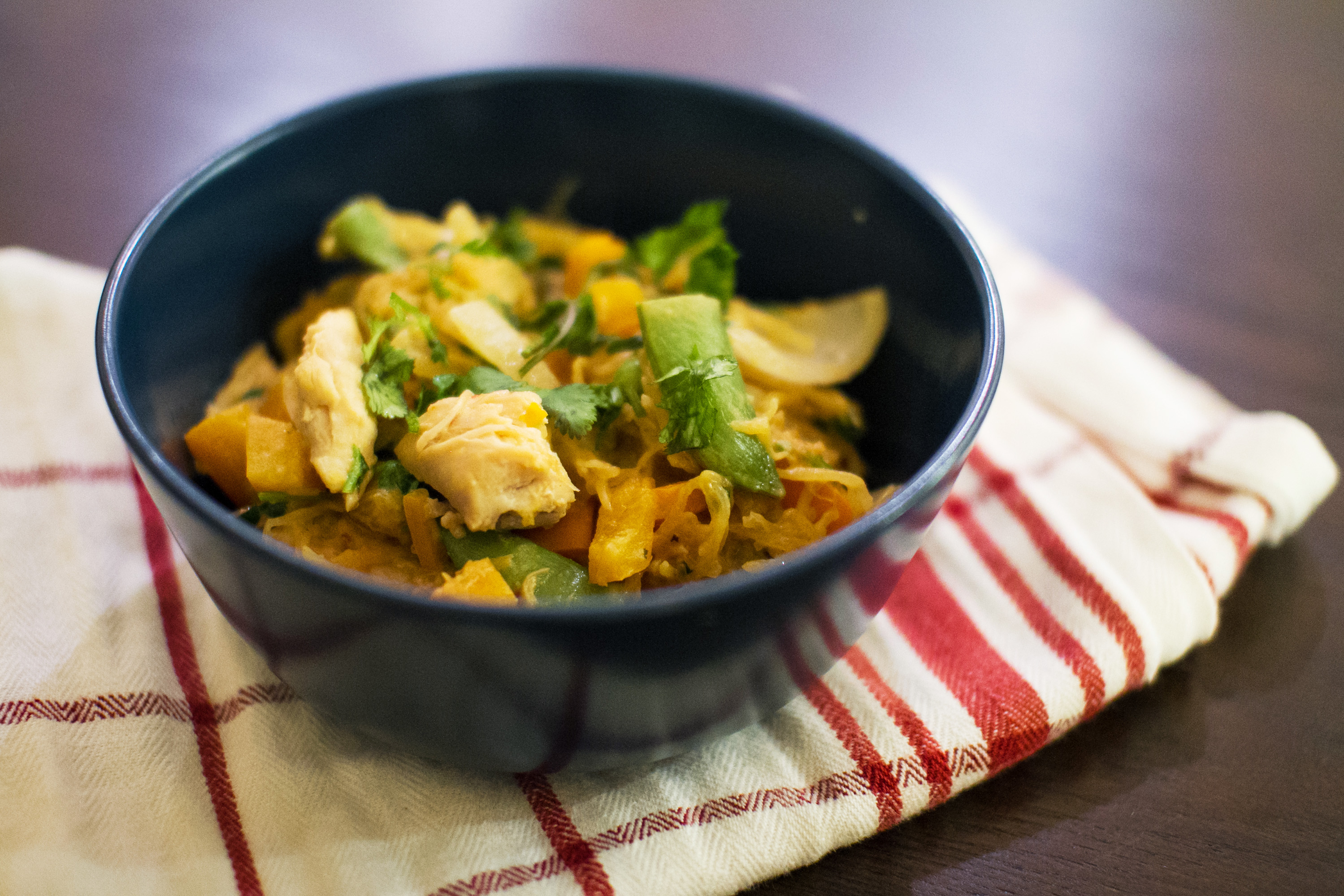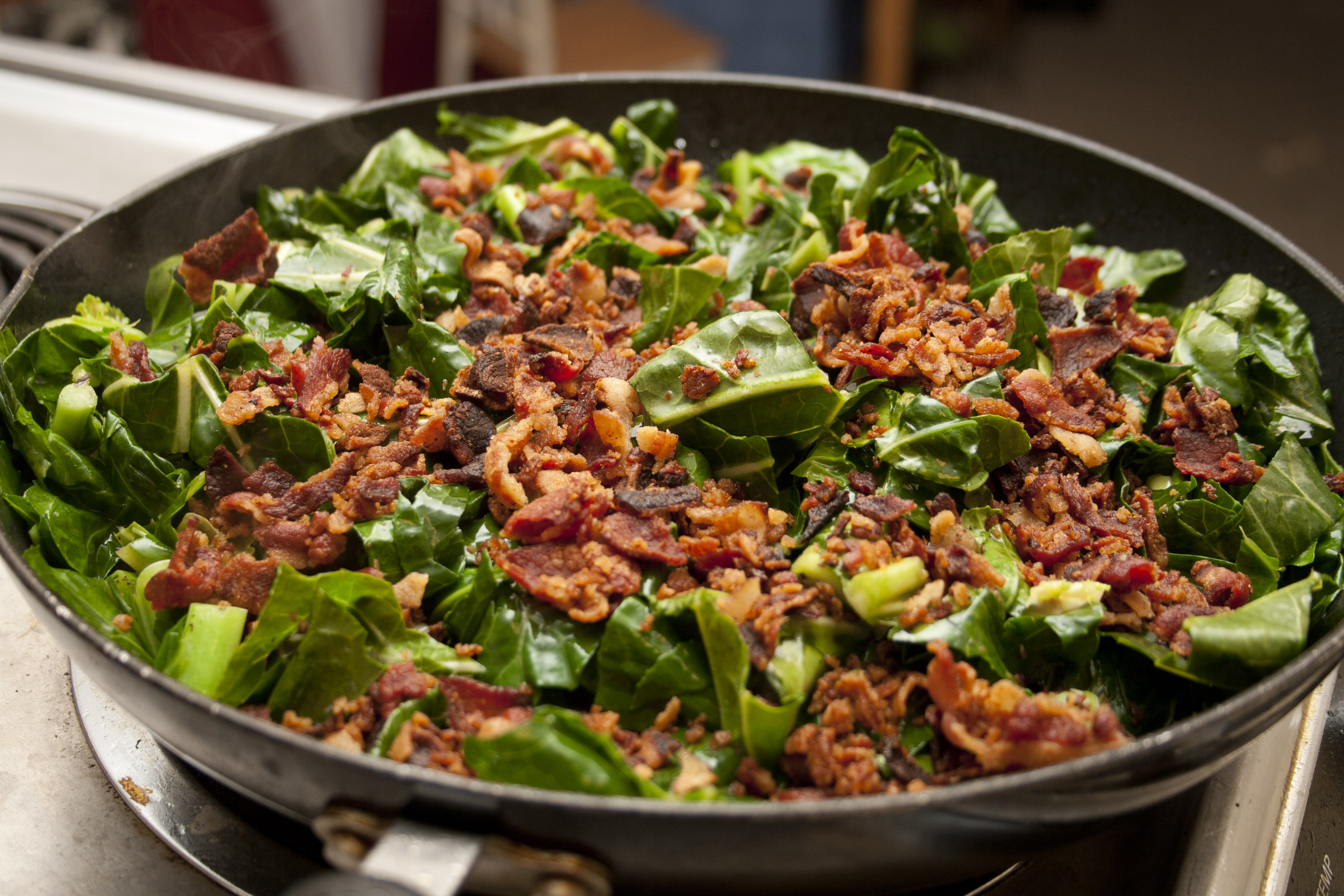Intro To The Keto Diet And 14 Day Keto Meal Plan

Since I was writing a keto diet induction plan for myself anyway, I thought why not put in a little more effort and publish it for other people's benefit too! What you'll find bellow are my notes on becoming keto-adapted and a sample 14 day keto-induction meal plan.
More than likely you've either never heard of the keto diet or you've already well-read into what it's all about. The ketogenic diet is a high-fat, adequate protein, and low-carbohydrate diet. You swap out the carbs in your diet with a higher portion of fat and a moderate protein intake.
I'm taking the plunge and changing what I eat to a paleo based ketogenic diet. I include paleo in there because paleo seems like the most realistic nutritional theory and keto because the nutritional science looks solid. Together they're a great match for killer performance!
You'll see keto referred to by various names but these are all the same thing: the keto diet, ketogenic diet, LCHF (low-carb high-fat). It's different from a strictly low-carb diet in that keto requires high fat consumption and controlled protein intake with the goal of getting into a state of ketosis.
Nutritional ketosis
You might be thinking "Whoa, take a step back dude, what's this whole keto thing anyway?". I'll give you the somewhat quick version.
Most people eat a diet high in carbohydrates (sugars). The form of carbohydrate usable by our body is called glucose. Glucose is the easiest molecule for our body to convert to energy and so it's chosen first over other energy sources. This means your body will use glucose for energy and since we can only use a limited amount of glucose at a time, any excess is converted to fat and stored in the body.
There's this rad hormone called insulin that, when levels are high, signals our body to convert sugar (glucose) to fat for storage. As long as you eat carbs, high amounts of insulin will be secreted. What you may not know is that to effectively access your stored energy (body fat), insulin needs to be low. So to lower our insulin we need to restrict the amount of carbs we're eating, which will then allow our body to use fat as fuel. Simple really. Less than 50 g of total carbs daily is the general recommendation but carb tolerance varies from person to person.
Once your body has begun to switch from burning glucose for fuel to using fat as a fuel source it will make ketones---this is being in ketosis. Ketones are what the body creates (from fat) as your new energy source. Once your body is able to use ketones for fuel effectively, this is called being keto-adapted. Since this form of ketosis is achieved through what we eat it's known as nutritional ketosis.
Easy right?
Ketosis is a normal metabolic state; it also happens during fasting, as in when you don't eat for 8+ hours, in which case it's called fasting ketosis or, in more extreme cases, starvation ketosis.
Just so you know, this is vastly different from ketoacidosis, a potentially life-threatening condition for diabetics when ketones and glucose are both extremely high at the same time.
Ketosis benefits
- Increased mental function, especially focus and concentration
- Feels like you have unlimited energy
- Stable and better mood
- Controlled appetite
- Highly effective weight loss

Tips
Now you're thinking "Enough with the simplistic science homie, just gimme the good stuff!". Hold up buddy, I want to run you through a few things worth knowing to get you into a state of ketosis faster and safer.
- Take sodium, potassium, and magnesium supplements to avoid common negative effects (e.g. 'keto flu') during keto-induction.
- Have backup ready-to-eat meals waiting in the fridge for those times you just don't feel like cooking.
- Cook enough for multiple meals so you can eat leftovers the next day. Handy if you bring a packed lunch to work!
- Add MCT oil to meals if you need to boost your daily fat intake---it's flavourless and goes well with almost anything.
- If you're not hungry just skip a meal or eat a small portion.
Bonus: Before starting the diet do a 5-day water only fast for a quicker onset of ketosis. If you've never fasted before I recommend just doing a 1 1/2 day fast---eat an early dinner and then don't eat again until a late dinner the next day. It's not as hard as it sounds! There's solid science showing the benefits of fasting.
Macronutrient ratios
"How much of everything should I eat?", I hear you saying. Well…
Calculate your daily caloric intake and macro ratio to use as a starting point. I say starting point because as you learn how your body reacts to foods, you should adjust your ratios to suit what works best for you. Make things easy for yourself by using this keto calculator.
To hone in on your carb and protein tolerance, you may want to test your blood for glucose response and blood ketone level. It's a bit too much for this post but I will cover how to test in an upcoming blog post.
These are the macros I'll start with.
- 1952 kcal daily calorie intake
- 22 g carbs (5%, 88 kcal)
- 96 g protein (20%, 384 kcal)
- 164 g fat (75%, 1480 kcal)
Best sources of healthy fats
You should try to eat most of your fat from these common foods.
- avocados
- beef
- cheese and cream cheese (not paleo but nice if you can tolerate dairy)
- coconut cream
- coconut oil
- eggs
- ghee
- grass-fed butter
- MCT (medium chain triglyceride) oil
- nuts (especially almonds, brazil nuts, hazelnuts, macadamia nuts, pecans, pine nuts, and walnuts)
- olive oil
- pork
- salmon
- sardines

Meal Plan
You don't have to start at the beginning of the week (or even eat 3 meals a day), I put the list into 2 weeks to make it easier to comprehend; start any day of the week and eat the number of meals that makes sense to you. Feel free to customise to suit your needs: mix and match recipes, switch around meals, eat the same thing a few times, and definitely adjust the quantities to match your macros.
Week 1
| Day | Breakfast | Lunch | Dinner | | :-: | ------------------------------- | -------------------------------------------- | ----------------------------------------------------------- | | 1 | Bacon and eggs | Salmon, spinach, and hollandaise sauce | Chicken, broccoli, and cheese | | 2 | Bulletproof coffee | Chicken, broccoli, and cheese | Cheese and onion quiche | | 3 | Bacon and eggs + avocado slices | Cheese and onion quiche | Meatballs + steamed broccoli | | 4 | Bulletproof coffee | Salmon and spinach leaves salad | Tandoori chicken + coconut cream chocolate mousse | | 5 | Canned sardines and muscles | Tandoori chicken | 5-Layer Mexican Dip | | 6 | Bulletproof coffee | Salmon Stuffed Avocado | Sirloin steak and pine nuts salad | | 7 | Bacon and eggs + broccoli | Meatballs + grilled asparagus | Sardine stuffed avocado + coconut bar dessert |
Week 2
| Day | Breakfast | Lunch | Dinner | | :-: | ---------------------------------------- | --------------------------------------- | ------------------------------------------------ | | 8 | Bulletproof matcha latte | Salmon salad | Beef ragu with "zoodles" | | 9 | Bacon, cheddar, and chive omelette | Beef ragu with "zoodles" | Superfoods soup | | 10 | Bulletproof coffee | Mackerel and avocado salad | Creamy Shrimp and bacon skillet + salad | | 11 | Sardines, and muscles or oysters | Creamy Shrimp and bacon skillet | Quiche + blackberry chocolate shake | | 12 | Bulletproof coffee | Quiche | Bolognese pizza | | 13 | Bacon and eggs + avocado cubes | Bolognese pizza | Ribeye steak and keto mash | | 14 | Bulletproof coffee | Pan-roasted salmon with keto mash | Keto mexican "rice" + avocado mousse |
Snacks
When you start you may have carb cravings. Avoid snacking if possible. Once you become more keto adapted the hunger will go away, however, if you still get strong cravings for carbs, eat a fat heavy snack from the list below. When I first heard about it, I didn't believe eating fat could satiate carb cravings… but it works, try it!
- Any keto fat bomb recipe from here or Google it, just be careful of excess carbs or protein
- Small handful of nuts (walnuts, almonds, macadamia)
- Large scoop of coconut oil (be careful to start with smaller portions, otherwise you might shit yourself, literally)
If you're really, really struggling, take 500 mg of L-glutamine---an amino acid which acts as a substitute for sugar in the brain. Or try going for a walk to boost your dopamine levels which can also reduce carb cravings.
Good luck in the kitchen!